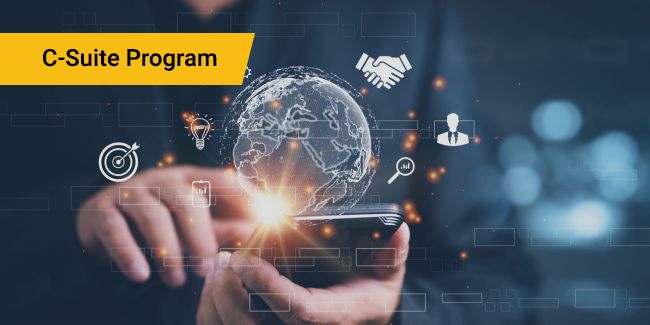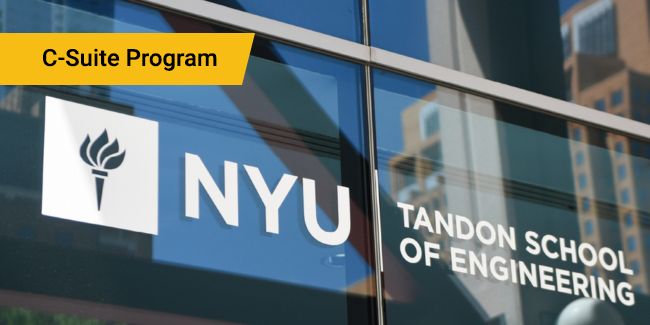NYU Tandon School of Engineering
Prepare for C-suite roles with
Senior Executive Programs
By Universities
Gain hands-on experience and launch a new career with
Professional Certificate Programs
By Universities
Accelerate Your Career With the Right Program
Share your details and let our advisors guide you to excellence









